Hanoi capital stands as a vibrant testament to Vietnam's rich history, diverse culture, and dynamic growth. As the political, cultural, and economic heart of the country, Hanoi encapsulates centuries of tradition intertwined with contemporary advancements. Exploring Hanoi means immersing oneself in its captivating streets, historic landmarks, bustling markets, and warm-hearted people. This detailed guide aims to unveil every facet of this enchanting city, offering insights into its past, present, and future.
1. About Hanoi Capital
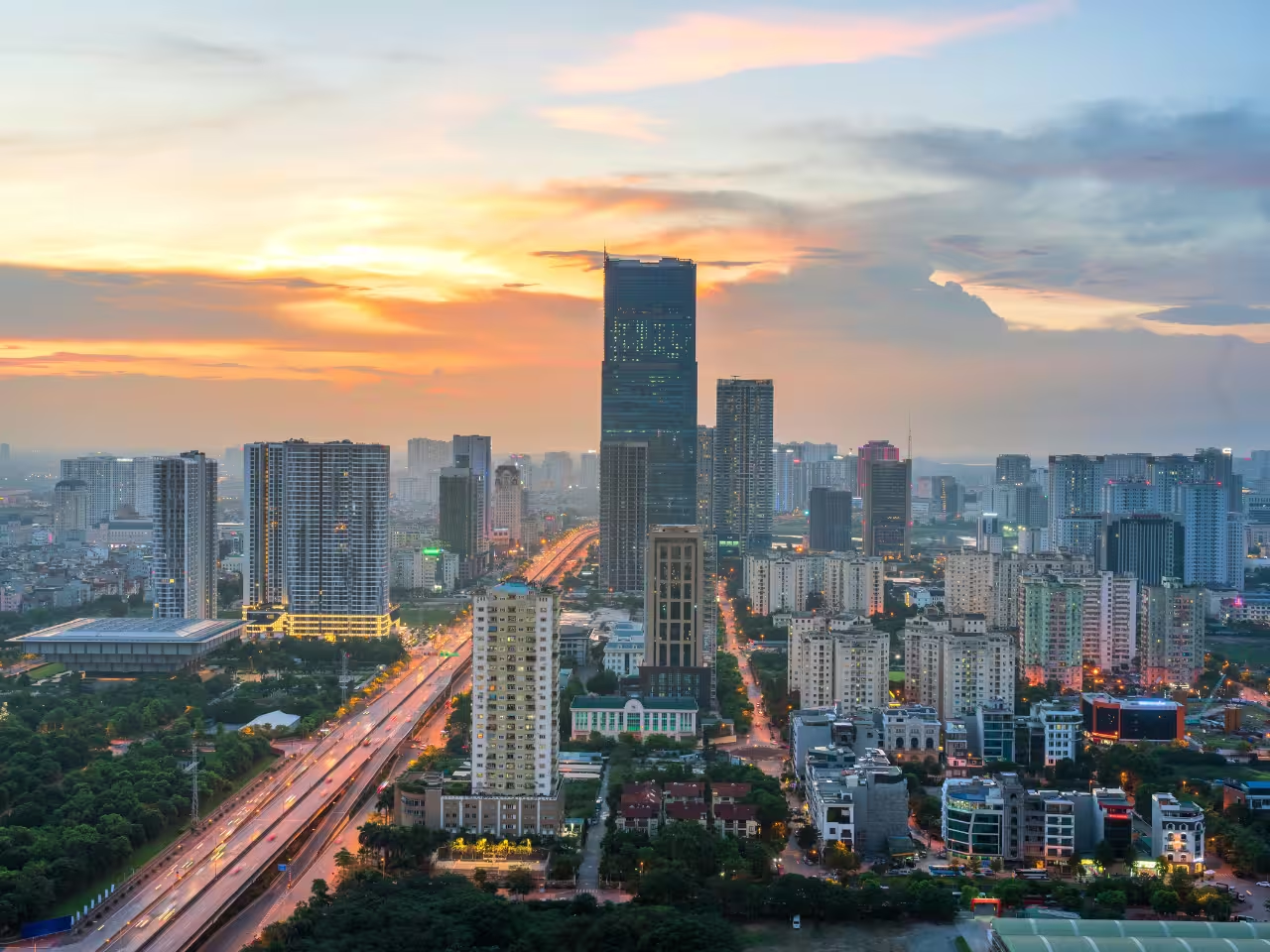
Hanoi, the capital city of Vietnam, is more than just an administrative hub; it embodies the soul of Vietnam’s cultural heritage and modern aspirations. Situated along the banks of the Red River, Hanoi blends ancient charm with urban vibrancy, making it a compelling destination for travelers, historians, and locals alike.
Understanding Hanoi's essence involves exploring its iconic squares, lively districts, population dynamics, and overarching overview. These foundational elements lay the groundwork to appreciate how Hanoi has evolved into what it is today—a city where history and progress coexist harmoniously.
1.1 Square
The area of Hanoi in 2025 is 3,359.82 km².
1.2 Population
Hanoi's population in 2025 is estimated at about 8,587,100 people.
1.3 Districts
- 12 inner-city districts including: Ba Dinh, Bac Tu Liem, Cau Giay, Dong Da, Ha Dong, Hai Ba Trung, Hoan Kiem, Hoang Mai, Long Bien, Nam Tu Liem, Tay Ho, Thanh Xuan
- 17 suburban districts including: Ba Vi, Chuong My, Dan Phuong, Dong Anh, Gia Lam, Hoai Duc, Me Linh, My Duc, Phu Xuyen, Phuc Tho, Quoc Oai, Soc Son, Thach That, Thanh Oai, Thanh Tri, Thuong Tin, Ung Hoa
- 1 Son Tay town
1.4 Overview
Hanoi capital serves as a dynamic tapestry woven from history, culture, commerce, and innovation. Its strategic location along the Red River historically made it a vital trading hub, influencing its development through centuries.
Modern Hanoi is characterized by a careful blend of preservation and progress. While ancient pagodas, colonial landmarks, and traditional markets remain integral to city life, new infrastructure developments and technology-driven industries are transforming Hanoi into a forward-looking metropolis.
This balance is evident in everyday activities—traditional water puppet shows performed beside modern cinemas, street vendors alongside multinational corporations. Hanoi’s overview encapsulates its ongoing journey to honor its past while embracing the future, making it a truly captivating capital city.
2. History of Hanoi
Hanoi’s history spans over a thousand years, beginning with early settlements along the Red River. In the 11th century, the Ly Dynasty established the city as the capital and named it Thang Long (“Ascending Dragon”), symbolizing strength and prosperity. Throughout its early centuries, Hanoi endured repeated periods of Chinese domination, which introduced Confucian values and left lasting cultural imprints. The city gained independence in 1428 under Le Loi, and was later renamed Ha Noi by the Nguyen Dynasty in 1831, meaning “River Interior.”
In the late 19th century, the French colonized Vietnam and turned Hanoi into the capital of French Indochina. This era brought European-style architecture, Western education, and plantation economies. Despite rapid development, Vietnamese resistance grew stronger, led by figures like Phan Boi Chau and Ho Chi Minh, paving the way for national independence movements.
During World War II, Hanoi was occupied by the Japanese and later reclaimed by the French. The struggle for liberation continued until 1954, when Vietnam was divided. Hanoi became the capital of North Vietnam. Following the country’s reunification in 1976, Hanoi emerged as the official capital of the Socialist Republic of Vietnam.
Since then, Hanoi has transformed into a modern metropolis while preserving its rich heritage. Today, its streets, temples, and colonial buildings reflect a long journey of resilience and renewal, making Hanoi not only Vietnam’s political center but also a living symbol of the nation’s history.
3. Hanoi Geography
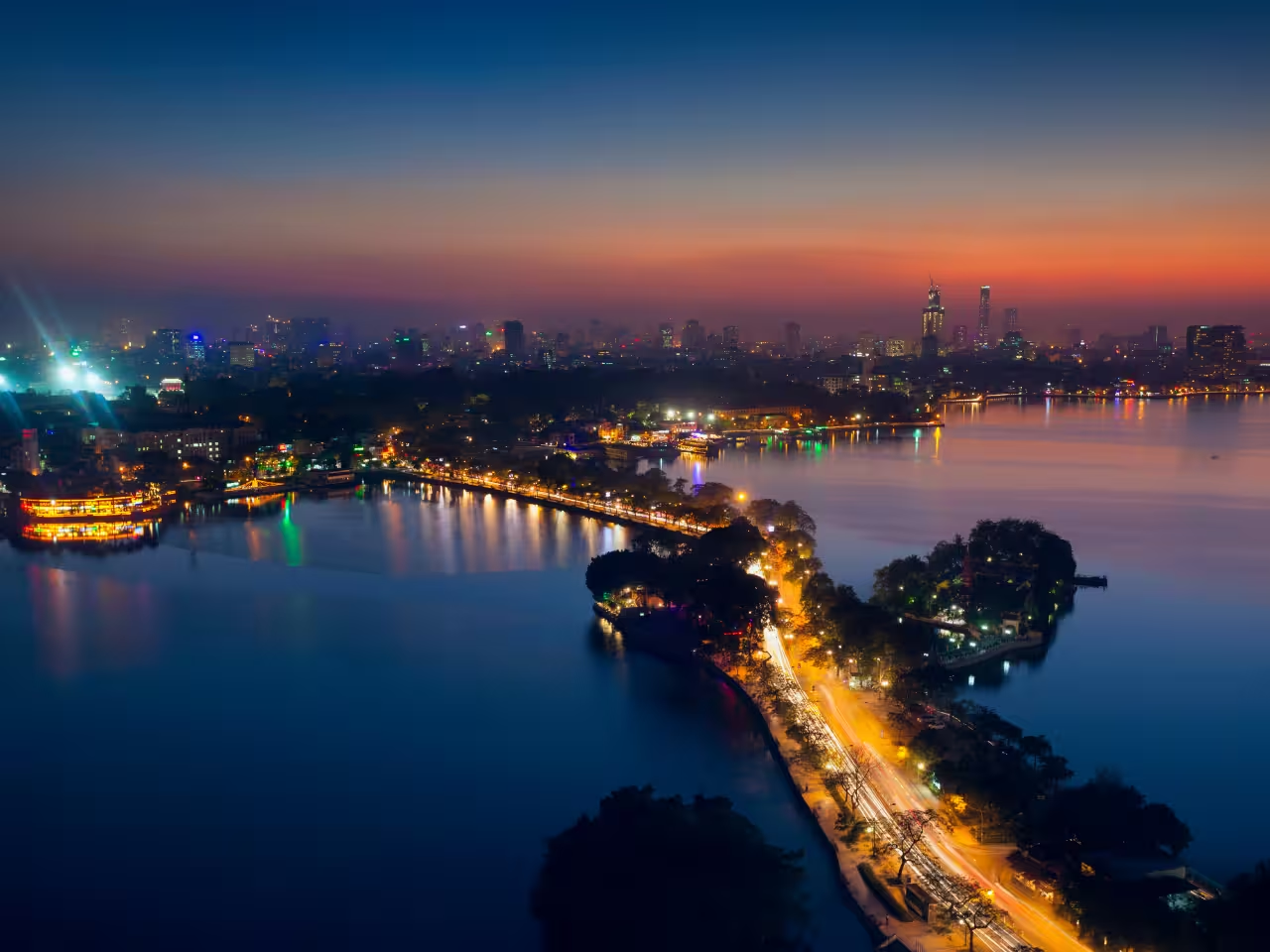
Hanoi is located in the Red River Delta in northern Vietnam, spanning approximately 3,360 square kilometers of plains, hills, rivers, and lakes. Bordered by provinces like Thai Nguyen, Bac Ninh, and Vinh Phuc, the city’s name—“Ha Noi”, meaning “River Interior”—reflects its position between waterways. The Red River and its tributaries such as the Duong, Nhue, and To Lich rivers shape Hanoi’s fertile land, drainage, and urban planning. Natural features like West Lake and Ba Vi’s gentle hills enhance the city’s climate and landscape, while also posing seasonal flood risks that require thoughtful infrastructure and sustainable development.
4. Hanoi Climate
Hanoi experiences a humid subtropical climate characterized by distinct seasons, each bringing unique weather patterns and cultural implications.
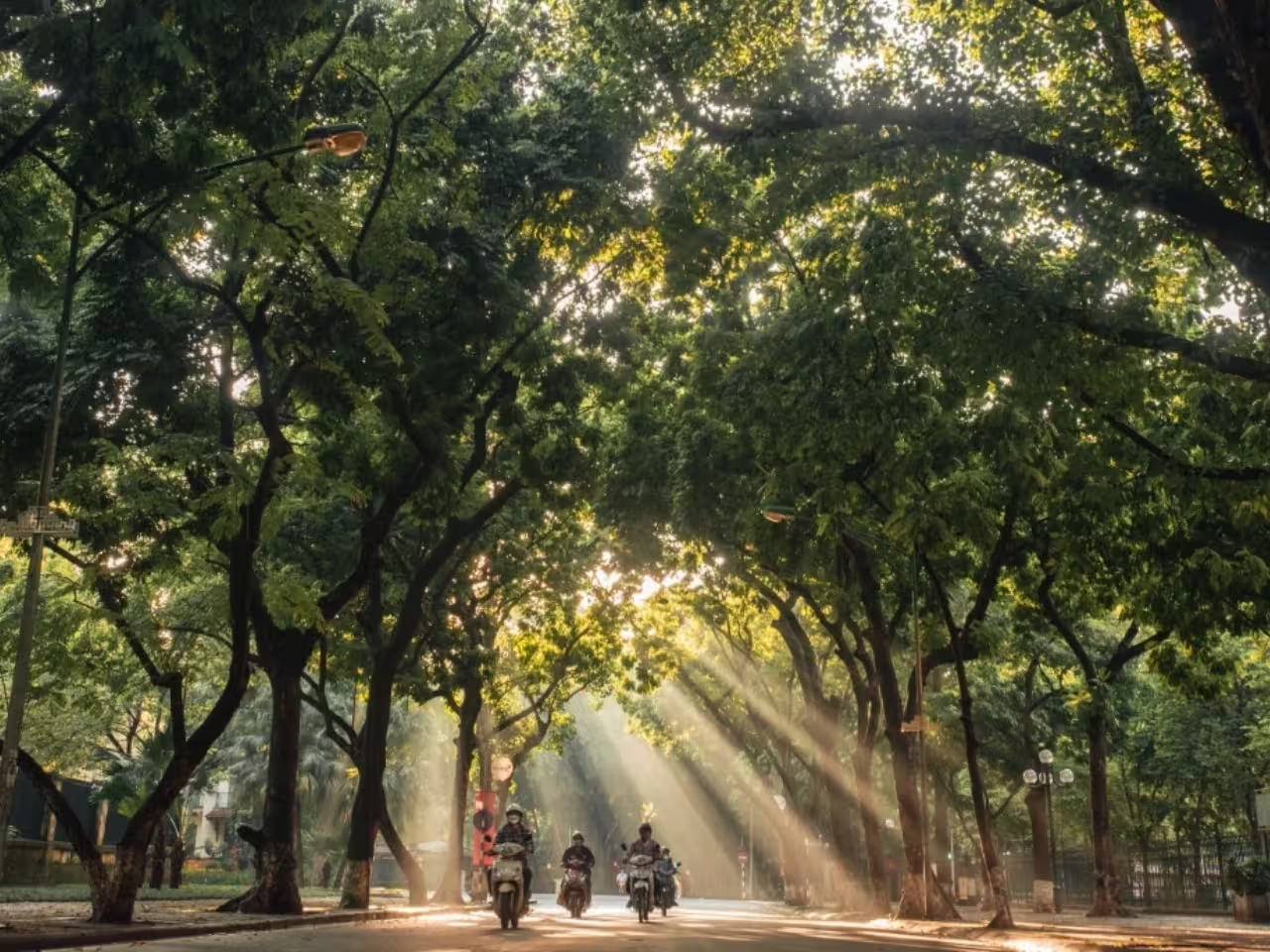
Spring (March to April) marks a transitional period with moderate temperatures and sporadic rainfall. It is generally considered an ideal time for travel due to pleasant weather and blooming flowers. The air tends to be fresh, especially after winter, making outdoor exploration enjoyable.
Summer (May to August) brings hot and humid conditions, with temperatures often soaring above 35°C (95°F). Monsoon rains are frequent, sometimes intense, leading to flooding in low-lying areas. Humidity levels can reach uncomfortable levels, prompting residents to adapt with lighter clothing and indoor cooling systems. This season also coincides with the peak of tourist visits and festivals.
Autumn (September to November) offers cooler temperatures around 20-25°C (68-77°F) and clearer skies. This period is considered the most comfortable and picturesque time to visit Hanoi. The fall foliage, combined with mild weather, creates a poetic atmosphere.
Winter (December to February) sees cooler temperatures, sometimes dropping below 10°C (50°F). While Hanoi doesn’t experience snow, cold winds and drizzles can occur. The city adapts with heating solutions, and locals enjoy warm drinks and hearty meals. Winter festivals and holiday markets add festive cheer during this season.
Climatic challenges include pollution, which can worsen smog levels, and unpredictable weather patterns due to climate change. Nonetheless, Hanoi's varied climate adds depth to its cultural calendar and daily lifestyles.
5. Hanoi Transportation
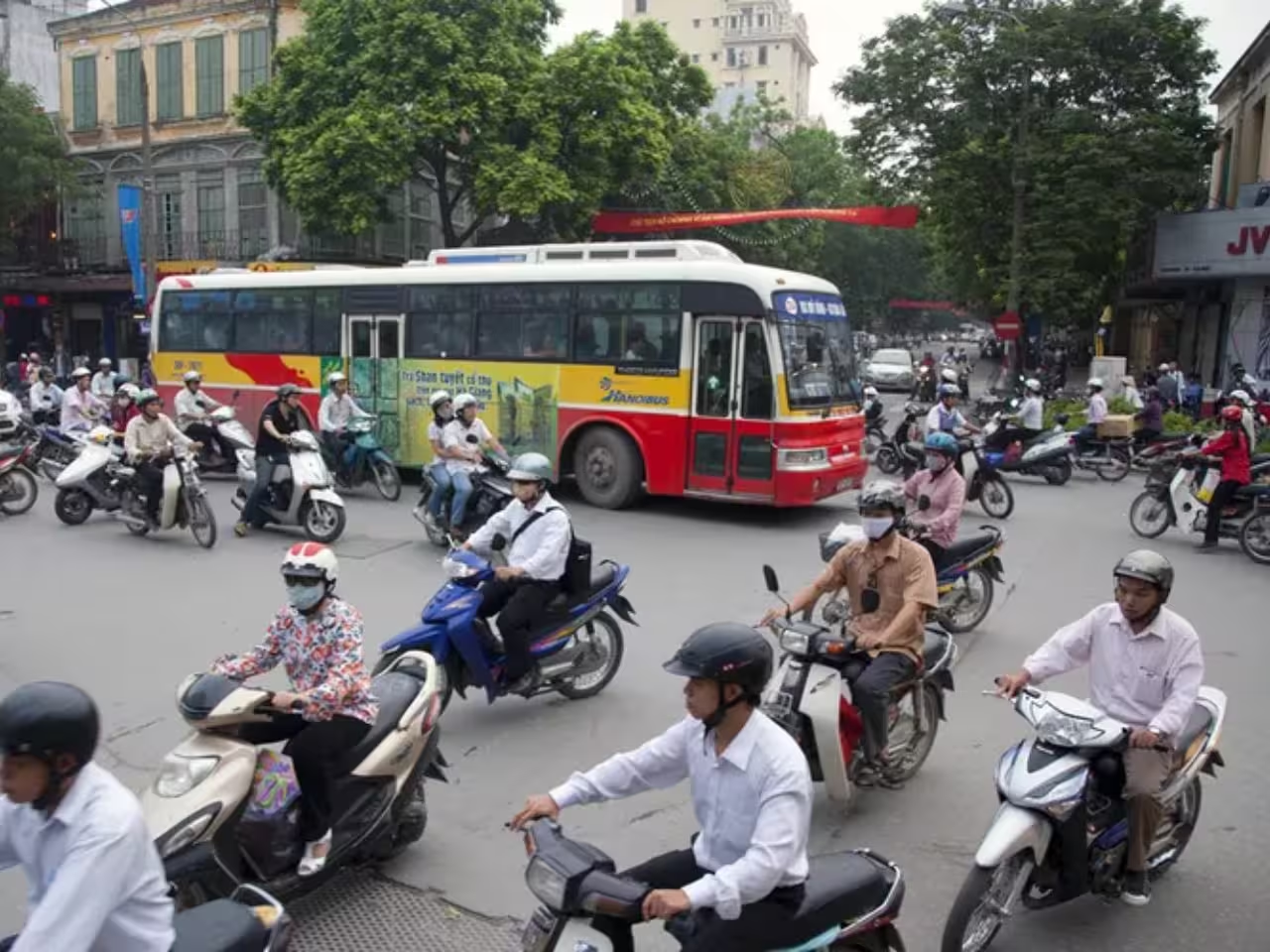
Motorbikes dominate Hanoi’s streets, providing flexibility and ease of movement through narrow alleys. However, this often results in congestion, noise, and pollution. Car ownership is rising, prompting the development of road networks and parking facilities, yet traffic jams remain common, especially during peak hours.
Public transportation options are expanding but still limited compared to other major Asian cities. Bus routes cover most districts, offering affordable travel for residents and tourists.
Recently introduced are ride-hailing services like Grab, Xanh SM which have gained popularity for their convenience and safety. Bicycle rentals and electric scooters are increasingly used for short-distance travel, promoting eco-friendly mobility.
Hanoi’s airport—Noi Bai International Airport—connect the city domestically and internationally. Efficient taxi services, shuttle buses, and private car rentals facilitate access to city centers and tourist attractions.
Urban planning projects aim to alleviate congestion by developing metro and light rail systems. Once operational, these will significantly transform Hanoi's transit landscape, making it more sustainable and accessible.
6. Hanoi Tourism - Top Things to Do in Hanoi
Hanoi offers an array of activities that cater to diverse interests, from exploring ancient temples to indulging in delicious street food. Planning your visit involves discovering its hidden corners and iconic landmarks.
Key attractions include the Old Quarter, where narrow streets buzz with activity. Walking through this area feels like stepping back in time, with shop-houses selling traditional crafts, street food stalls, and colonial-era architecture. The Hoan Kiem Lake area is ideal for leisurely strolls, offering scenic views and access to iconic temples.
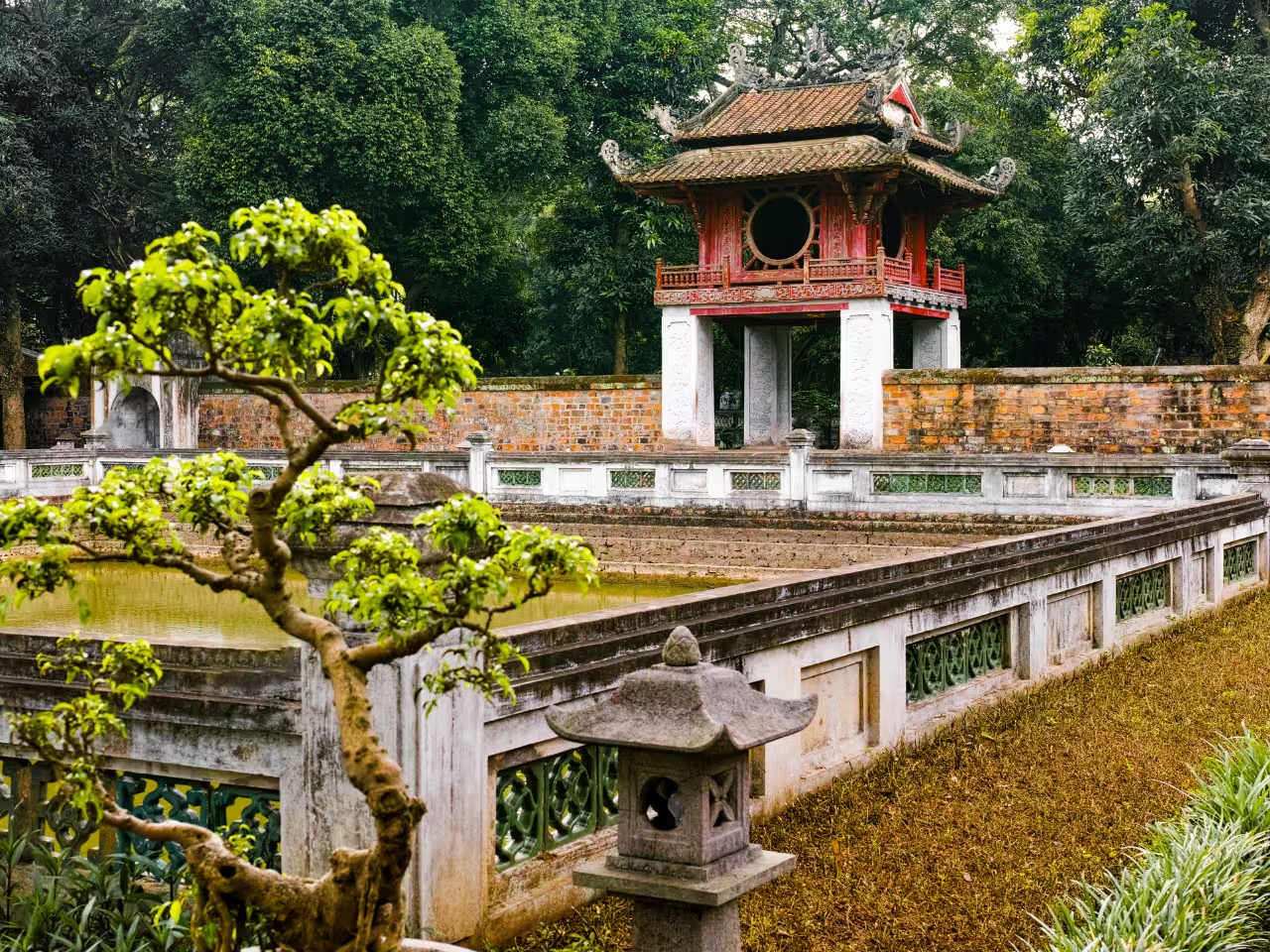
Cultural sites such as the Temple of Literature, Hoa Lo Prison, and the One Pillar Pagoda showcase Hanoi's spiritual and historical narrative. Museums like the Vietnam Museum of Ethnology and the Fine Arts Museum provide deeper insights into Vietnam’s diverse cultures and artistic expressions.
Hanoi is renowned for its cuisine, with dishes like Pho, Bun Cha, and Banh Mi drawing food lovers worldwide. Street food tours, night markets, and cooking classes offer immersive experiences beyond traditional sightseeing.
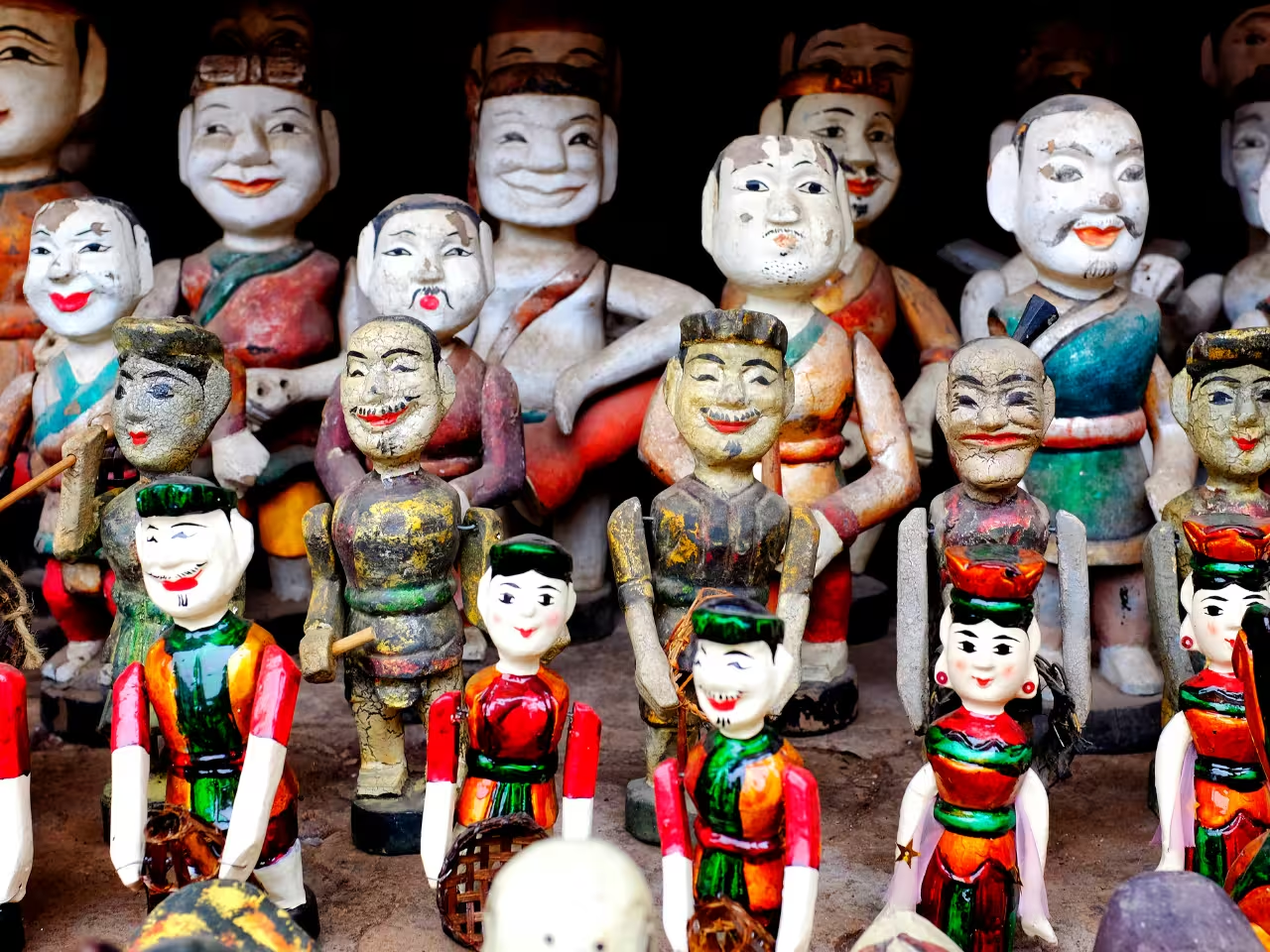
For a taste of arts and culture, catch a water puppet show—an ancient Vietnamese tradition—performed at the Thang Long Water Puppet Theatre. It offers a charming glimpse into rural life and folklore through puppetry and music.
Outdoor enthusiasts can explore West Lake by bicycle or boat, enjoying scenic views and lakeside cafes. For a fusion of old and new, the Dong Xuan Market offers everything from textiles to fresh produce.
Finally, trips to nearby attractions like Ha Long Bay, Ninh Binh, and Sapa extend your experience beyond the city. Each destination complements Vietnam's cultural tapestry with stunning natural beauty and rural charm.
7. Conclusion
Hanoi capital is where Vietnam’s rich past meets its vibrant present. From ancient temples and bustling markets to tree-lined boulevards and trendy cafés, the city offers an unforgettable blend of culture, history, and modern life. Every corner invites discovery—whether you're savoring street food, strolling historic streets, or soaking in the energy of a city always on the move. As the heart of Vietnam, Hanoi promises an experience that’s as enriching as it is inspiring!
Make the most of your Hanoi capital adventure by staying at JM Marvel Hotel, perfectly situated in the Old Quarter near the iconic Hoan Kiem Lake. The hotel features full amenities—Vietnamese restaurant, rooftop sky bar, massage spa—for a relaxing yet immersive stay. Whether you are a foodie, a history lover, or a curious explorer, the hotel’s bespoke local tours will help you uncover the Hanoi that speaks to you.
Reserve now and let your Hanoi story begin!




.avif)

.avif)



Lorem ipsum dolor sit amet, consectetur adipiscing elit. Suspendisse varius enim in eros elementum tristique. Duis cursus, mi quis viverra ornare, eros dolor interdum nulla, ut commodo diam libero vitae erat. Aenean faucibus nibh et justo cursus id rutrum lorem imperdiet. Nunc ut sem vitae risus tristique posuere.